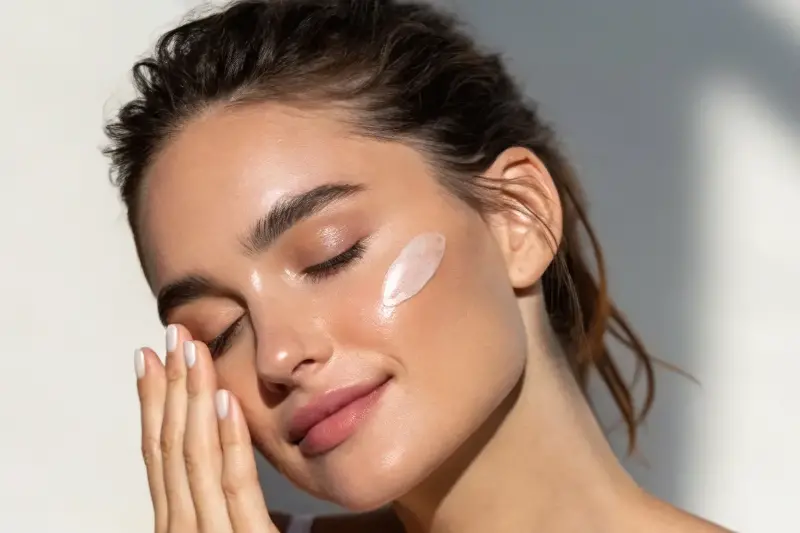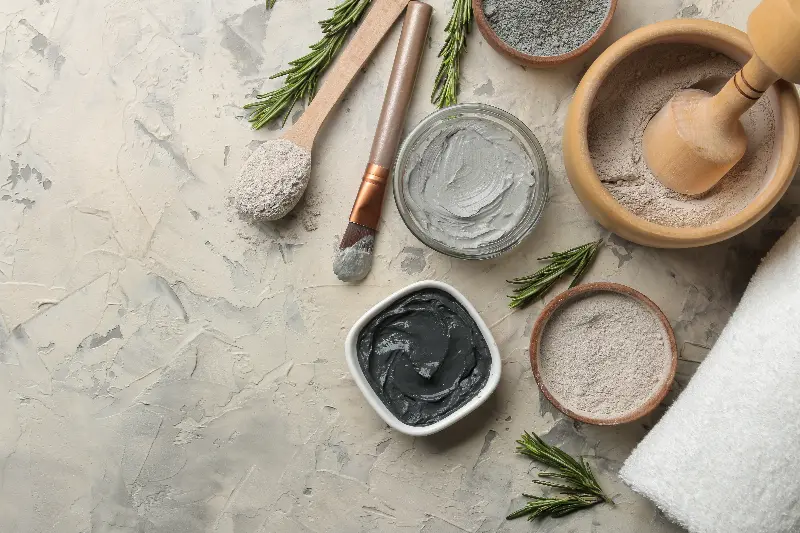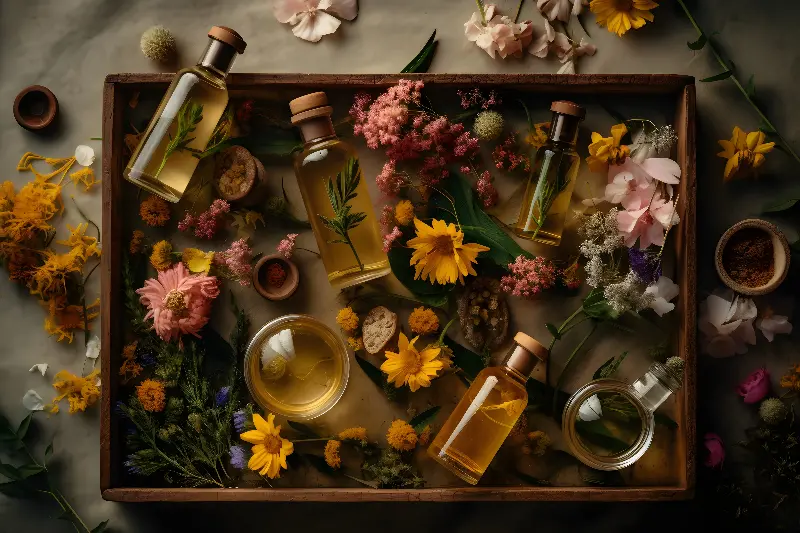For centuries, civilizations around the world have turned to nature’s vast pharmacy to care for their skin. As we navigate the modern whirlwind of beauty products filled with complex chemicals and hefty promises, many are returning to the wisdom of the past—rediscovering nature’s best-kept secrets for beautiful, radiant skin. If your curiosity is piqued by ancient remedies and time-tested ingredients, you are not alone. Let’s embark on a journey through earthy rituals and gentle botanicals that continue to prove their worth in skincare, offering a harmonious blend of tradition and efficacy.

Historical Roots Of Natural Skincare
Natural beauty therapies trace back thousands of years, transcending borders and cultures. In ancient Egypt, Cleopatra is said to have maintained her legendary glow by bathing in milk and honey—both renowned for their moisturizing and exfoliating properties. Meanwhile, Greeks embraced olive oil to nourish and protect their sun-kissed skin, valuing its deep hydrating effect.
India’s Ayurveda, a holistic healing system more than 3,000 years old, prescribes plant-based solutions like turmeric, neem, and sandalwood to soothe and purify the skin. Chinese medicine similarly harnesses white tea and goji berries, believing their antioxidant qualities contribute to longevity and vibrance. Remarkably, many of these ingredients are still lauded by dermatologists and enthusiasts alike today. Their enduring popularity is a testament to their gentle power and remarkable results when used mindfully.

Time-Tested Natural Therapies And Their Secrets
One of the standout elements of historical natural skincare is the use of simple, unprocessed ingredients. Honey, for example, is not just a sweet treat. Rich in natural enzymes and antibacterial properties, it gently cleanses skin, soothes inflammation, and keeps moisture locked in—making it a favorite among those with sensitive or acne-prone skin.
Another age-old hero is aloe vera. Ancient Egyptians referred to it as the “plant of immortality,” and for good reason. Its cooling gel hydrates dry skin, calms sunburn, and assists in wound healing, thanks to an abundance of vitamins and amino acids.
Clay masks, made from minerals like bentonite or kaolin, have been applied for centuries to draw out impurities and clear pores. These gentle clays provide a spa-like tightening effect, leaving the skin visibly fresher. For those looking to brighten their complexion, turmeric—long treasured in South Asian traditions—offers anti-inflammatory benefits that can bring a natural radiance to the face when used in moderation.

Science Meets Tradition: Why Ancient Therapies Work
It isn’t just nostalgia that makes these natural therapies compelling. Scientific studies increasingly confirm what our ancestors instinctively knew: botanicals are packed with bioactive compounds that positively impact skin health. For example, turmeric contains curcumin, a potent anti-inflammatory and antioxidant agent, which helps reduce redness and defend against environmental stressors.
Similarly, olive oil is rich in squalene and vitamins A, D, and K, contributing to soft, elastic skin. Honey’s natural humectant properties help the skin maintain its hydration barrier, a key factor for a plump, glowing look. Aloe vera’s polysaccharides support collagen production and accelerate cell repair.
Even simple plant-based oils—like jojoba, rosehip, or almond—are less likely to clog pores compared to synthetic options, and they deliver nourishing fatty acids suitable for every skin type. When thoughtfully selected, these ingredients are both gentle and powerful, capable of dealing with everything from irritation and dryness to early signs of aging.

Incorporating Ancient Wisdom Into Modern Routines
Blending ancient secrets with modern science doesn’t have to be complicated. Start by introducing one natural ingredient at a time to your routine, patch-testing before full use to ensure suitability for your skin.
An easy place to begin is with a simple honey mask: apply raw honey to damp skin, leave on for 10 to 15 minutes, and rinse off with warm water. You might also try crafting a gentle exfoliant by mixing finely ground oats with a tablespoon of yogurt or honey.
Aloe vera can be used directly from the leaf, applied as a cooling gel to sun-exposed skin, or incorporated into serums and creams. Quality matters—look for cold-pressed oils and unpasteurized honey whenever possible.
Stay mindful of combinations, as natural doesn’t always mean irritation-free. Turmeric can stain fair skin and fabrics, while essential oils should be thoroughly diluted before application. The key is to personalize, listen to your skin, and embrace the slow beauty philosophy: lasting results come with patience and consistency.
